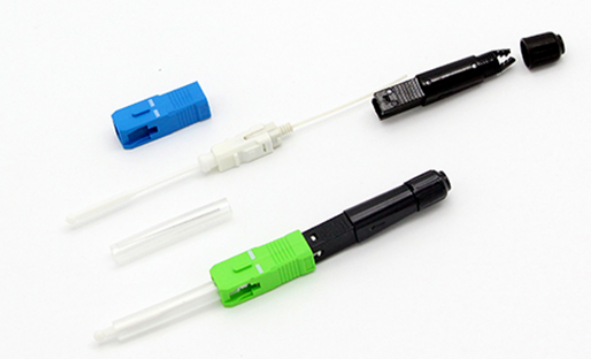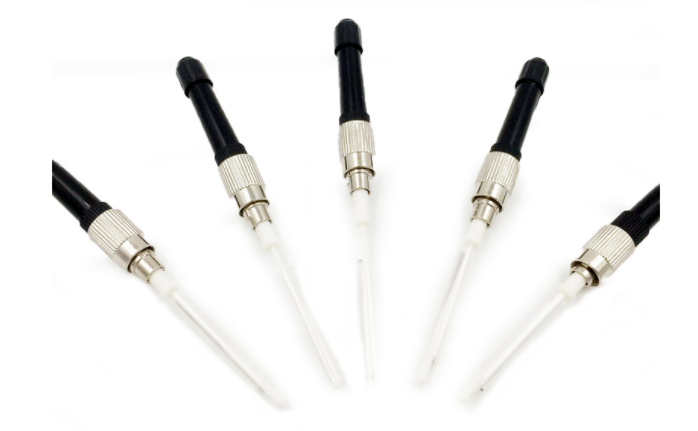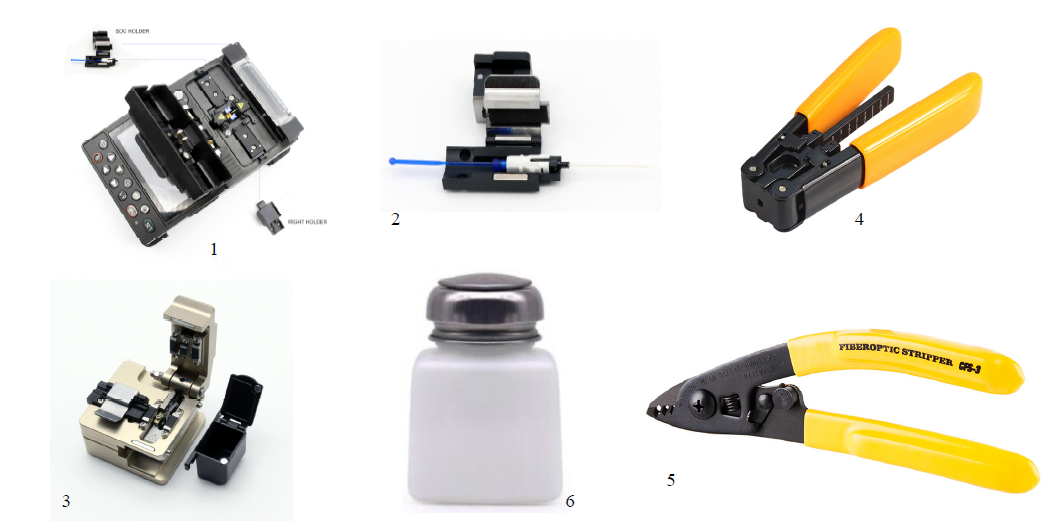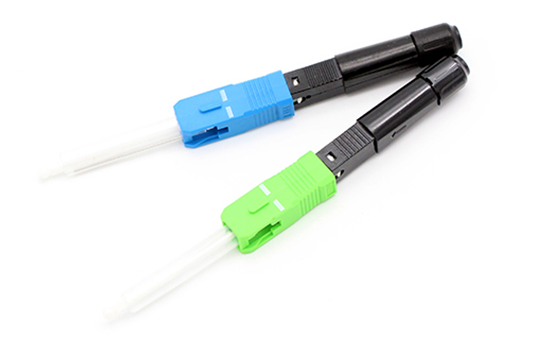PRODUCTS
Support
Contact us
- +86-0752-3894899
- +86-0752-3894889
- sales@omcftth.com
- A1 BLDG, Sinyink intelligent Industrial park, Hongxi Avenue, zhongkai High-tech District ,Huizhou, Guangdong. P.R. CHINA,
Home » FTTH Products » Fiber Fusion-on Connector

A fusion connector connects two optical fibers that require connect/disconnect functionality and terminates fiber connections. In fiber networks, connectors are commonly used on transmitters, receivers, and patch panels to allow for quick changes in network configurations. Splice-on connectors are ideal for central office, fiber hub/pedestal, and data center applications. They provide real-time flexibility, allowing quick moves, adds, changes, repairs, and restorations with minimal downtime.
There are many manufacturers that offer fiber splice on connector, but not all are created equal. Qualified fiber splice on connector factories carefully control component geometry, raw materials, and manufacturing processes, and test their connectors based on industry standards. Important factors to consider when selecting a fiber splice on connector are:

There are various termination solutions on the market, such as factory termination, factory-connected pigtails, and field-terminated connectors. There are three options for field-terminated connectors: field-polished connectors, mechanically spliced connectors, and fiber splice-on connectors (SOC).


Engineers and experts often recommend fiber splice-on connectors as one of the best termination solutions available. Field technicians perform fusion splicing instead of mechanical connections.
1. Factory terminated ferrules
2. Factory fiber ferrules are fused to field fibers
3. Compliant with industry standards and requirements (such as FOCIS)
Fusion splicers automatically check the cleaved fiber before splicing and provide splice loss values after the splice is completed.
1. Connector length
2. High-performance cable accessories
3. No measurement is required for termination
4. SOC must ensure proper use of cleavers
5. Designed to protect ferrule end faces throughout the installation
Splice connectors are available in a variety of connectors, polishes, fiber types, and diameters, enabling field technicians to create custom terminations and cable constructions with precise lengths in the field. OMC also offers matching tools, kits, and accessories to make selecting, cleaning, and installing fusion splicers simple and efficient.
Copyright© OMC GROUP